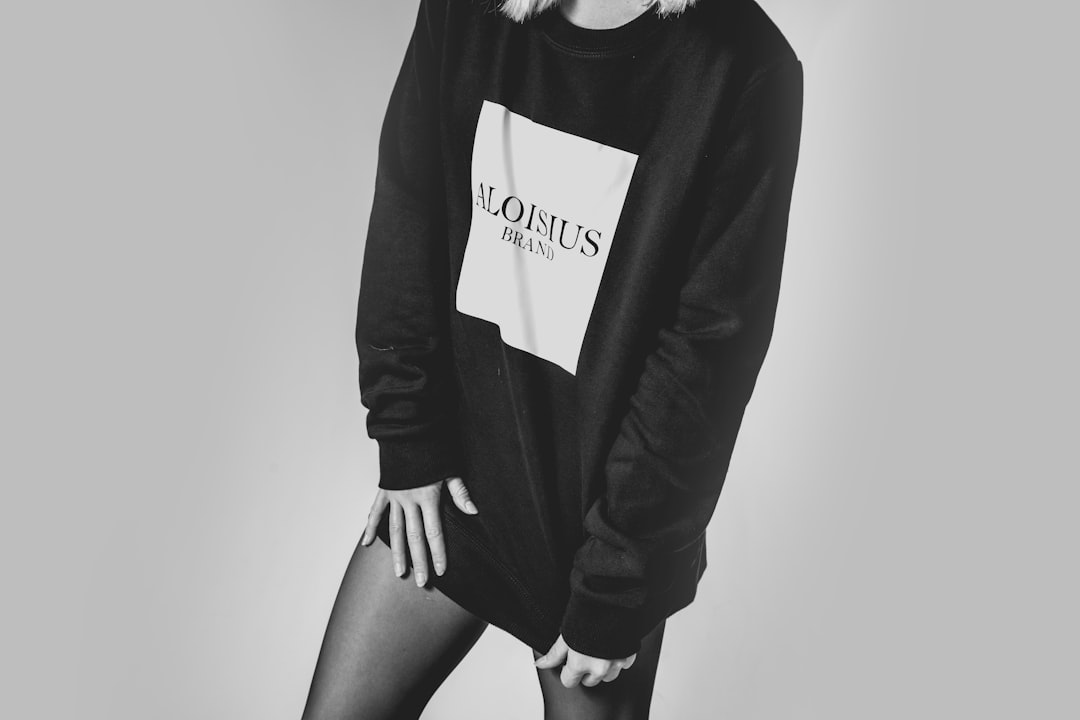Fashion is not merely about clothing; it is an intricate tapestry that weaves together our identity, our values, and our aspirations. In a world saturated with styles, trends, and brand names, understanding the deeper connection between fashion and our self-concept can provide powerful insights into how we present ourselves to the world.
When we think about fashion, we often consider the aesthetic aspects: colors, patterns, cuts, and textures. However, the psychological impacts of what we wear can be profound. Each morning, as we sift through our wardrobe, we make choices that reflect our mood, our confidence, and our social status. But why do we feel compelled to dress in a certain way?
Research indicates that our clothing choices can influence our feelings and behaviors. The term ‘enclothed cognition’ refers to the psychological effects of wearing specific clothing. For instance, donning a suit can make one feel more authoritative, while a cozy sweater may evoke feelings of comfort and relaxation. The implications of this are immense. If our outfits can influence how we feel, we can harness this power to boost our confidence or enhance our productivity.
The idea of ‘dressing for success’ is not just a cliché. Professionals who adopt a polished appearance often report higher levels of confidence and assertiveness. This isn’t just about the clothes; it’s about the mental shift that occurs when we wear something that makes us feel good. By choosing our attire thoughtfully, we can navigate various environments with more assurance, be it a job interview, a first date, or even a casual meeting with friends.
However, fashion also functions as a means of expression. It serves as a canvas for personal stories and cultural narratives. From the bohemian skirts of the 60s to the sleek silhouettes of the modern-day, each fashion trend embodies the spirit of its time. Consider how punk fashion emerged as a rebellion against societal norms, showcasing how attire can act as a statement of dissent or solidarity.
Moreover, the rise of social media has transformed the way we consume fashion. With platforms like Instagram and TikTok, influencers and brands are constantly reshaping trends at lightning speed. This rapid cycle can lead to an overwhelming amount of information, making it challenging to find one’s personal style. But amid this chaos, it is crucial to carve out a unique identity. The question becomes: how do we blend current trends with personal expression?
The answer lies in understanding what resonates with us individually. Engaging in the DIY approach is one fantastic way to explore fashion. By personalizing items, whether through simple alterations or bold embellishments, we create a wardrobe that speaks to our personality and values. DIY fashion encourages creativity and sustainability, allowing us to step away from the fast fashion cycle and invest in pieces that are not only unique but also meaningful.
Speaking of sustainability, it’s impossible to ignore the growing demand for eco-friendly fashion. As awareness around environmental issues increases, consumers are gravitating towards brands that prioritize ethical production practices and sustainable materials. This shift is not just a trend; it’s a movement towards making fashion more responsible. By supporting eco-friendly labels or shopping second-hand, we can contribute to a more sustainable industry.
Ultimately, the essence of fashion lies in its ability to communicate who we are without uttering a single word. Whether you’re a trendsetter, a minimalist, or an eclectic mix of styles, your wardrobe is an extension of your identity. As you curate your collection, remember that fashion is an art form, a powerful tool for expression, and a vehicle for self-discovery. So, the next time you reach for that outfit, consider not just how it looks, but how it makes you feel and the story it tells about you. Fashion is not just what you wear; it’s who you are and who you aspire to be.

